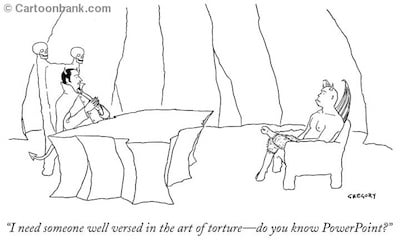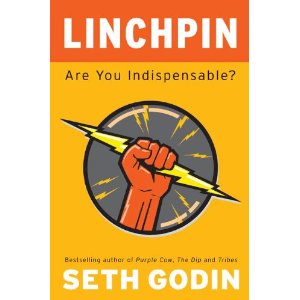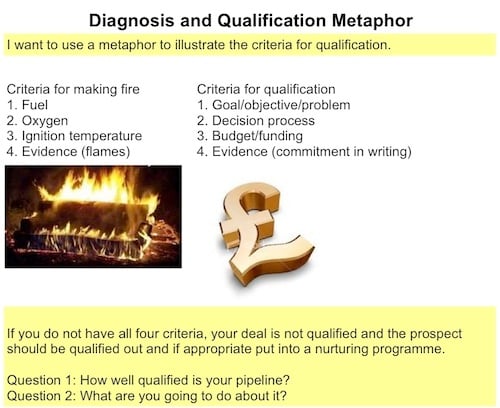Once this is developed, the question becomes "How to use the messaging to engage, interact, create a vivid and memorable picture with buyers and to differentiate vs my competition?"
Most enterprise sales professionals will make a PowerPoint presentation at some point in their sales cycle; buyers expect it and marketing and sales training teams invest countless hours and resources developing them.
The presentation could be at the outset of the sales cycle in the form of a corporate presentation, a presentation of the proposed solution, an in-depth technical product presentation, or it could be a presentation to the executive team or purchasing officers to close the deal.
The good news is that buyers expect sales people to present their solutions and ideas to them; the bad news is that they may have seen hundreds of poor presentations from salespeople in the past and most of them qualify for one or two of the following.
The Top 10 PowerPoint mistakes;
Below are the top 10 mistakes posted by Doug Staneart from the Leaders Institute
- Designing a “PowerPoint Presentation”
- Too Many PowerPoint Slides
- Too Much Data on Your PowerPoint Slides
- Overuse of Animation
- Too Many Busy Charts
- Improper Use of Pictures
- Not Practicing Your Presentation with the Slideshow
- Sitting Down to Deliver Your Presentation
- Read… Click… Read… Click…
- Letting Someone Else Design your Slideshow:
What are the goals of the sales presentation?
The original goal is probably a combination of any number of the following; to engage, interact, educate, inform, impart your unique value, qualify, uncover needs and issues, differentiate and most importantly to advance the sale to the next step in the cycle.
Differentiation occurs in the mind of the buyer,
Differentiation occurs in the mind of the buyer, not in a Powerpoint slide....so to get inside the mind of the buyer a salesperson needs to have a couple of things going for them.
- The presentation must be a true dialogue = a written or spoken conversational exchange between two or more people (Wikipedia).
- The value creation proposition should be clear in the salesperson's mind and the salesperson should know what visual illustrations to use and when to use them to clearly and simply illustrate key points.
- The salesperson needs to be in rapport with the audience and rapport is created initially through style, then through substance by finding things in common and developing shared goals and interests to develop trust.
- The buyer is the focus of the presentation, not the product or service and your story evolves around them and their needs and how your product creates value in resolving their needs.
- Your story should have a beginning to introduce the "big idea" and "why this is important", a middle where you engage the buyer and develop their specific issues and how you solve them and an end where you tie it all together and move to next steps.
- The outcome of a successful presentation should be clear to both buyer and seller; "our goal in presenting today is to impart an understanding of our solution and how it creates value for XYZ, so that we can decide if makes sense to....."
- The salesperson should ask insightful questions that will qualify interest and establish credibility...Dave Kurlan calls these questions commodity busters.
- The salesperson should know the typical objections or questions the buyer is likely to ask and how to handle them.
- The salesperson should know relevant proof-points from case studies and intersperse them in the dialogue to reinforce points.
Once these are established and under the salespersons skin (I call it body armor), a salesperson can present anywhere; on a  flip-chart, a whiteboard, a sheet of blank paper, or with only the use of a few hand drawn illustrations or without any visual aids at all and still create a positive outcome.
flip-chart, a whiteboard, a sheet of blank paper, or with only the use of a few hand drawn illustrations or without any visual aids at all and still create a positive outcome.
The fact that the salesperson did not use PowerPoint is a differentiator in itself.
To achieve the above requires a methodology to create the value messaging, a set of WhiteboardSelling best practices and a training and enablement program to instil the disciplines of presenting without Powerpoint and a commitment from both corporations and individual sales professionals to achieving success.
If you would like to know more about how WhiteboardSelling can help you and your team achieve true differentiation and close more business, please download the WhiteboardSelling Whitepaper.



